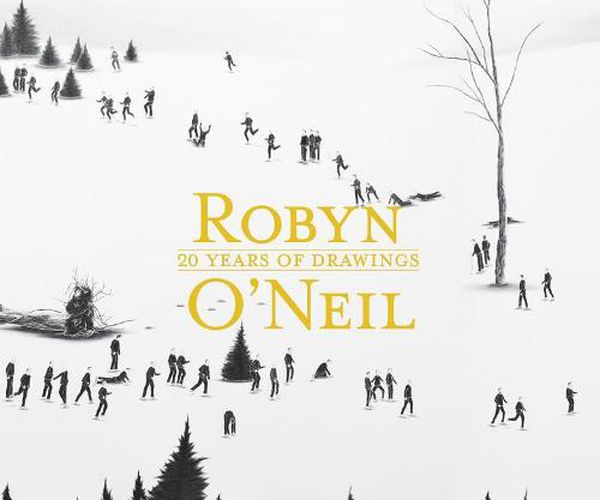Readings Newsletter
Become a Readings Member to make your shopping experience even easier.
Sign in or sign up for free!
You’re not far away from qualifying for FREE standard shipping within Australia
You’ve qualified for FREE standard shipping within Australia
The cart is loading…






Robyn O'Neil: 20 Years of Drawings, is the first major monograph published of the artist’s work and offers a brilliantly detailed look at the foundation laid by her earliest drawings, the evolution of her hand and the epic works that have defined her career. This collection of over 100 images is accompanied with an essay by curator Alison de Lima Greene who offers extraordinary insight into both the artist’s life and work. O'Neil enlarges both the physical scale of her work, and the internal dynamics of her drawing by pitting her increasingly small figures against a vast panorama. At the same time, she plays with Western perspectival conventions, using empty expanses of paper to stack space in the manner of Chinese scroll paintings. Each area of the landscape is punctuated by vignettes, ranging from two figures standing before a dead deer to vast assemblies. That this is ultimately a battle of man against man, rather than man against nature, is hinted at by the squadron of World War II bomber planes that sweep down from the central mountain gap.
$9.00 standard shipping within Australia
FREE standard shipping within Australia for orders over $100.00
Express & International shipping calculated at checkout
Robyn O'Neil: 20 Years of Drawings, is the first major monograph published of the artist’s work and offers a brilliantly detailed look at the foundation laid by her earliest drawings, the evolution of her hand and the epic works that have defined her career. This collection of over 100 images is accompanied with an essay by curator Alison de Lima Greene who offers extraordinary insight into both the artist’s life and work. O'Neil enlarges both the physical scale of her work, and the internal dynamics of her drawing by pitting her increasingly small figures against a vast panorama. At the same time, she plays with Western perspectival conventions, using empty expanses of paper to stack space in the manner of Chinese scroll paintings. Each area of the landscape is punctuated by vignettes, ranging from two figures standing before a dead deer to vast assemblies. That this is ultimately a battle of man against man, rather than man against nature, is hinted at by the squadron of World War II bomber planes that sweep down from the central mountain gap.